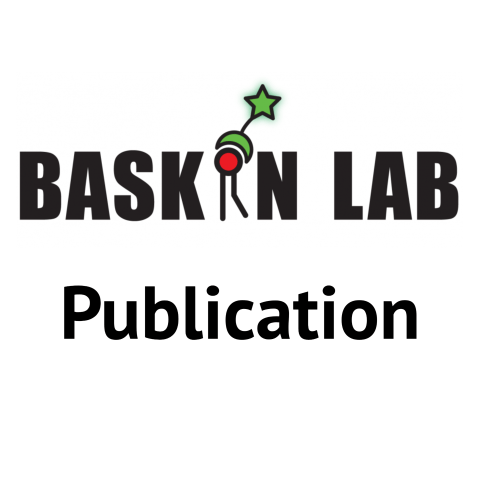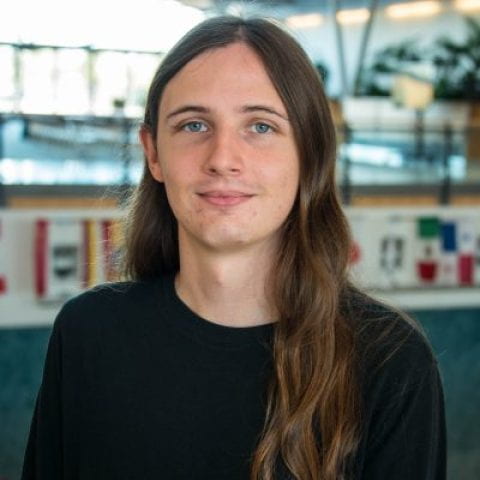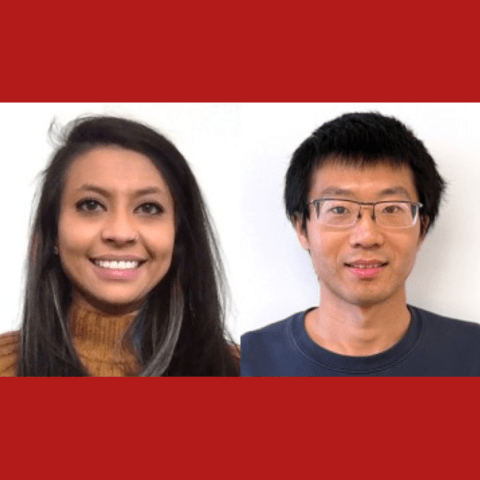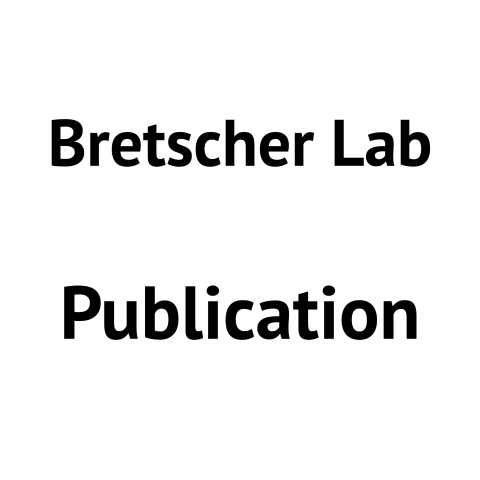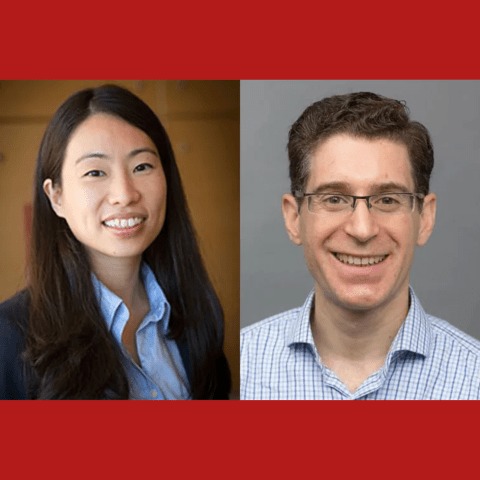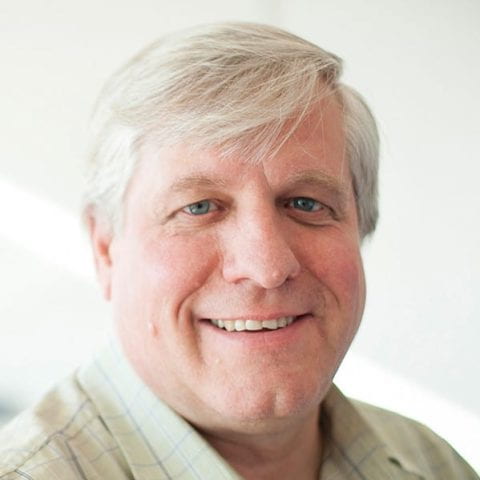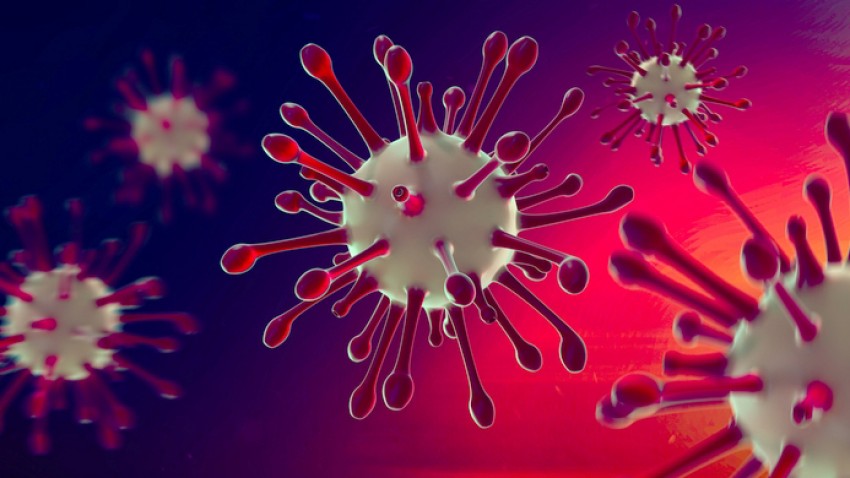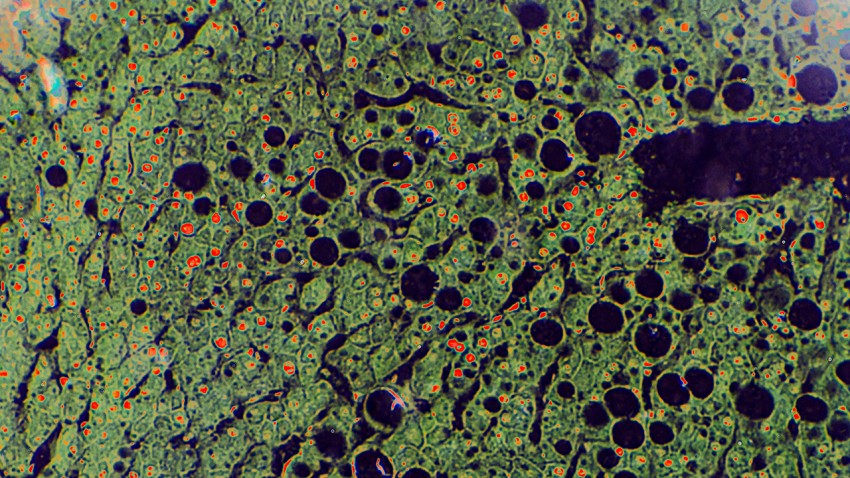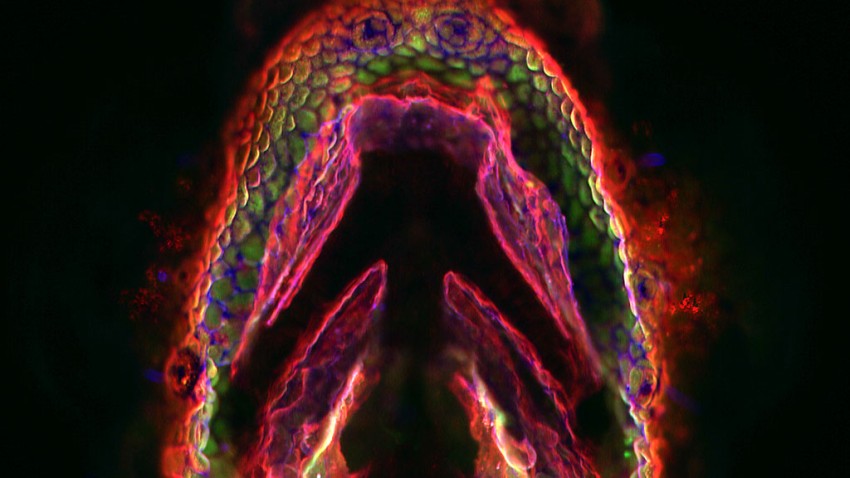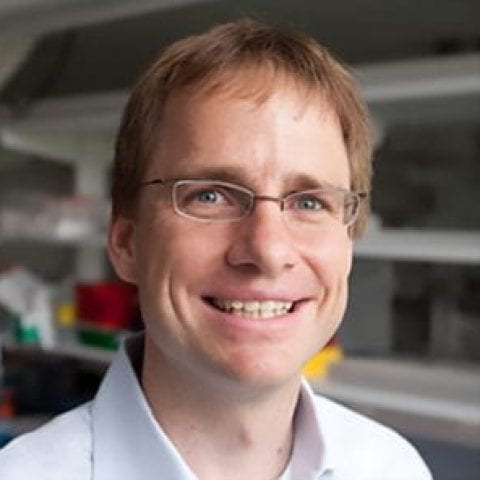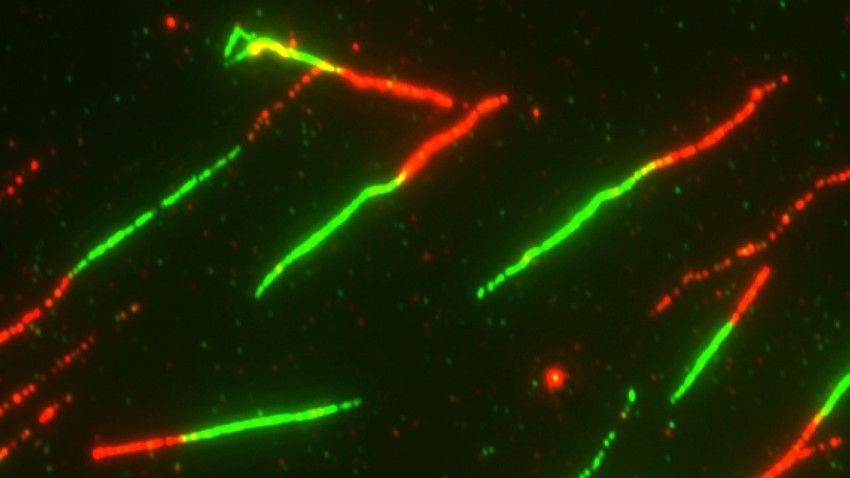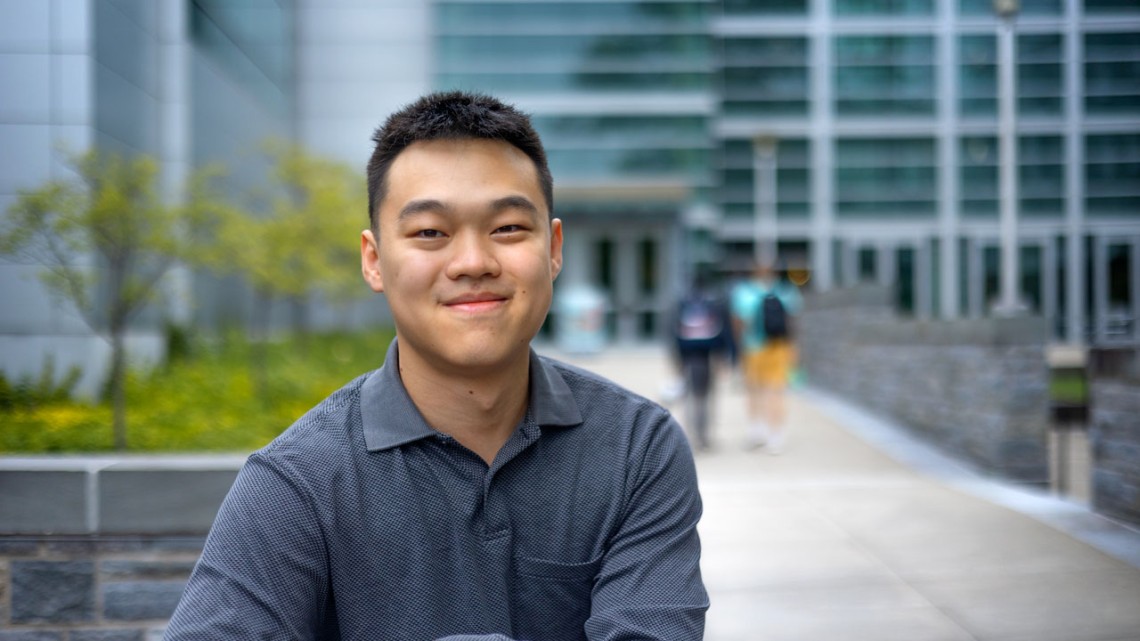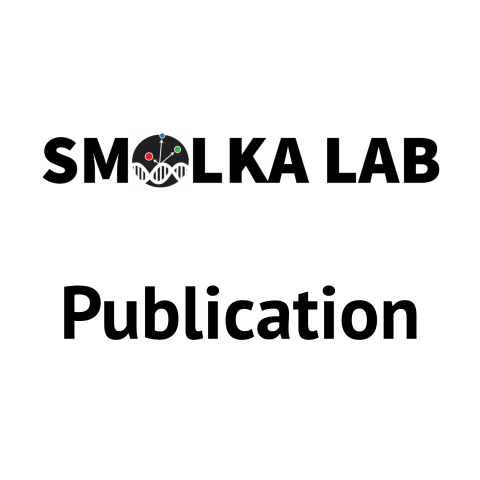News
The specialized functions of eukaryotic organelles have motivated chemical approaches for their selective tagging and visualization. Here, we develop chemoenzymatic tools using metabolic labeling of abundant membrane lipids for selective visualization of organelle compartments. Synthetic choline analogues with three N-methyl substituents replaced with 2-azidoethyl and additional alkyl groups enabled the generation of corresponding derivatives of phosphatidylcholine (PC), a ubiquitous and abundant membrane phospholipid. Subsequent bioorthogonal tagging via the strain-promoted azide–alkyne cycloaddition (SPAAC) with a single cyclooctyne-fluorophore reagent enabled differential labeling of the endoplasmic reticulum, the Golgi complex, mitochondria, and lysosomes depending upon the...
Byron Rusnak is a doctoral student in plant biology from Villa Park, Illinois. He earned a B.S. in plant science from the University of Minnesota, Twin Cities and now studies the growth of sepals in flowers of the species Arabidopsis thaliana under the guidance of Adrienne...
Yingzheng (Jason) Wang and Misha Kazi, postdoctoral researchers at Cornell’s Weill Institute for Cell and Molecular Biology, have been named as recipients of the 2022 Sam and Nancy Fleming Research Fellowships. Since 2008, these prestigious 3-year fellowships have supported talented young researchers who are doing cutting-edge research in basic biomedical sciences and planning careers in biological or medical research. “The Fleming Fellowships provide exceptional young scientists the support, focus and freedom to pursue novel areas of study,” said Marcus Smolka, interim director of the Weill Institute for Cell and Molecular Biology and professor of molecular biology and genetics in the College of Agriculture and Life Sciences. “The 2022 recipients come highly recommended as...
Most of the components in the yeast secretory pathway have been studied, yet a high-resolution temporal timeline of their participation is lacking. Here, we define the order of acquisition, lifetime, and release of critical components involved in late secretion from the Golgi to the plasma membrane. Of particular interest is the timing of the many reported effectors of the secretory vesicle Rab protein Sec4, including the myosin-V Myo2, the exocyst complex, the lgl homolog Sro7, and the small yeast-specific protein Mso1. At the trans-Golgi network (TGN) Sec4’s GEF, Sec2, is recruited to Ypt31-positive compartments, quickly followed by Sec4 and Myo2 and vesicle formation. While transported to the bud tip, the entire exocyst complex, including Sec3, is assembled on to the vesicle. Before...
On Oct. 4, the 2022 Nobel Prize in Chemistry was awarded to Carolyn R. Bertozzi, Morten Meldal and K. Barry Sharpless for their work in the development of click chemistry and bioorthogonal chemistry, which will allow for improved medical treatments and diagnoses among various other applications. Prof. Jeremy Baskin, chemistry and chemical biology and Prof. Pamela Chang, microbiology and immunology, were PhD students in Carolyn Bertozzi’s lab and worked on the bioorthogonal chemistry research that contributed to the nobel...
Scott Emr, the Nancy M. and Samuel C. Fleming Professor of Molecular Biology and Genetics in the College of Arts and Sciences and former director of the Weill Institute for Cell and Molecular Biology, recently received a lifetime achievement award from the American Society for Biochemistry and Molecular Biology (ASBMB). Emr was honored for his discovery and characterization of the Endosomal Sorting Complexes Required for Transport (ESCRT) complexes — which function in diverse processes that are central to life, health and...
Membranes are multifunctional supramolecular assemblies that encapsulate our cells and the organelles within them. Glycerophospholipids are the most abundant component of membranes. They make up the majority of the lipid bilayer and play both structural and functional roles. Each organelle has a different phospholipid composition critical for its function that results from dynamic interplay and regulation of numerous lipid-metabolizing enzymes and lipid transporters. Because lipid structures and localizations are not directly genetically encoded, chemistry has much to offer to the world of lipid biology in the form of precision tools for visualizing lipid localization and abundance, manipulating lipid composition, and in general decoding the functions of lipids in cells. In this Account,...
A highly innovative method using the latest technology opens myriad new avenues for research, for understanding the biology behind COVID-19, and for identifying new treatments that target protein binding...
Lipids – fats – make great walls for cells and organelles because they are water resistant and dynamic. But those same characteristics also make them hard to image using expansion microscopy, a technique that works for magnifying other cell...
Boi1 and Boi2 are closely related yeast scaffolding proteins, either of which can perform an essential function. Previous studies have suggested a role in cell polarity, interacting with lipids, components of the late secretory pathway, and actin nucleators. We report detailed studies of their localization, dynamics, and the generation and characterization of conditional mutants. Boi1/2 are present on the plasma membrane in dynamic patches, then at the bud neck during cytokinesis. These distributions are unaffected by perturbation of the actin cytoskeleton or the secretory pathway. We identify 2 critical aromatic residues, present in both Boi1 and Boi2, in the essential C-terminal Pleckstrin-Homology domain, that cause temperature-sensitive growth resulting in defects in polarized growth...
Professor Jeremy Baskin interviewed for local WHCU 97.7 radio about the Nobel Prize in Chemistry that was awarded this week for click chemistry and bioorthogonal chemistry. The interview aired early morning on October 7,...
As doctoral students nearly 20 years ago, two Cornell researchers played an early role in the development of the work that was awarded the 2022 Nobel Prize in...
Passionate, committed, encouraging, approachable, incredible – these are just a few of the adjectives used to describe faculty members receiving teaching and advising awards at the 2022 Cornell Engineering Fall Faculty Reception hosted Sept. 22 in the Statler Ballroom. Canaan Family Award for Excellence in Academic Advising – In Honor of Prof. Bingham Cady First awarded in 2021, the Canaan Family Award for Excellence in Academic Advising is given in honor of Professor Bingham Cady, who was known by his students as terrific adviser with a rare ability to find the simplicity in complex problems. Jan Lammerding (BME) was recognized for advising the iGEM synthetic biology project team. His students write that “the success of our projects would not have been possible without Dr....
Our guts, and all our organs, are arranged in left-right asymmetric patterns inside our bodies, so that everything may fit. At the same time, development of organs such as the intestine is anything but haphazard. In healthy embryos, rotation of the gut during development always occurs in a counterclockwise direction and is perfectly timed. It’s a complicated process that scientists have long worked to...
Saket Bagde wins 2022 Spicer Young Investigator Award for deciphering how nature produces some antibiotics. Bagde is being recognized for his successful efforts to describe the structures and mechanisms of several biologically important...
Researchers have uncovered a novel pathway that explains how cancer cells become resistant to chemotherapies, which in turn offers a potential solution for preventing...
It’s been known for decades that astronauts’ immune systems become suppressed in space, leaving them vulnerable to disease, but the exact mechanisms of immune dysfunction have remained a mystery – now a Cornell undergraduate has found a potential solution. A biological and mechanical engineering double major in the College of Engineering, Rocky An ’23 published his theory, “MRTF May be the Missing Link in a Multiscale Mechanobiology Approach toward Macrophage Dysfunction in Space,” Sept. 12 in Frontiers in Cell and Developmental...
The anaphase-promoting complex/cyclosome (APC/C) coordinates advancement through mitosis via temporally controlled polyubiquitination events. Despite the long-appreciated spatial organization of key events in mitosis mediated largely by cytoskeletal networks, the spatial regulation of APC/C, the major mitotic E3 ligase, is poorly understood. We describe a microtubule-resident protein, PLEKHA5, as an interactor of APC/C and spatial regulator of its activity in mitosis. Microtubule-localized proximity biotinylation tools revealed that PLEKHA5 depletion decreased APC/C association with the microtubule cytoskeleton, which prevented efficient loading of APC/C with its coactivator CDC20 and led to reduced APC/C E3 ligase activity. PLEKHA5 knockdown delayed mitotic progression, causing...
The DNA-PKcs kinase mediates the repair of DNA double-strand breaks via classical non-homologous end joining (NHEJ). DNA-PKcs is also recruited to active replication forks, although a role for DNA-PKcs in the control of fork dynamics is unclear. Here, we identify a crucial role for DNA-PKcs in promoting fork reversal, a process that stabilizes stressed replication forks and protects genome integrity. DNA-PKcs promotes fork reversal and slowing in response to several replication stress-inducing agents in a manner independent of its role in NHEJ. Cells lacking DNA-PKcs activity show increased DNA damage during S-phase and cellular sensitivity to replication stress. Notably, prevention of fork slowing and reversal via DNA-PKcs inhibition efficiently restores chemotherapy sensitivity in...
The American Society for Cell Biology (ASCB) recognizes 18 remarkable individuals for their various achievements in the realm of life sciences. Porter Prizes for Research Excellence: Two prizes, one given to a graduate student and one to a postdoctoral researcher selected based on scientific excellence. In the spirit of Keith Porter, the emphasis will be on their contributions to the advancement of science and the novelty and creativity of their findings. Saket Rahul Bagde, PhD Candidate, Institution or Organization Affiliation: Department of Molecular Biology and Genetics, Weill Institute for Cell and Molecular Biology, Cornell...

